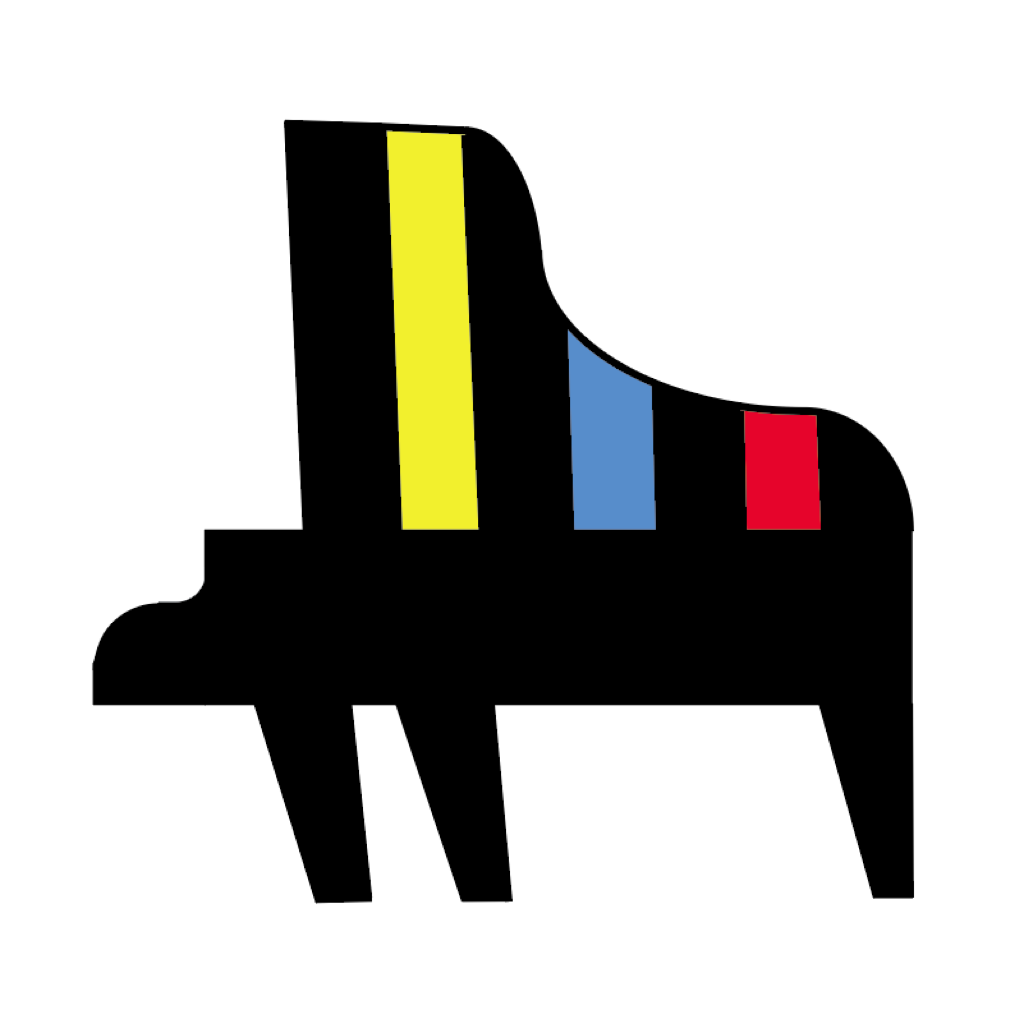Class Piano Resource Center |
Practice Tips and Suggestions
1. Look through the music and take notice of the tempo indication, the dynamics, and any other articulations or expressions.
2. Pay special attention to the dynamic contrasts, articulations, and any other expressions.
3. Practice playing the right hand (RH) by itself.
4. Practice playing the left hand (LH) by itself.
5. Listen to the MIDI sequence from your Sequencer Controls. Also, listen to the soundfile recording of the repertory piece.
6. Practice playing the RH while you listen to the LH with the Sequencer Controls.
7. Practice playing the LF while you listen to the RH with the Sequencer Controls.
8. Practice playing both hands at a slow tempo. Try to play the correct dynamics, articulations, and other expressions.
9. Gradually increase your tempo until you can play it up to tempo with the correct dynamics, articulations and other expressions.
10. It is always better to practice a short passage of music (1 or 2 measures) many times, than to practice playing the whole piece through a few times. For example, if your practice routine is to simply play the piece through 2 or 3 times, that is extremely inefficient. Instead, try this:
- take 1 measures at a time
- play the RH 4 times slowly
- play the LH 4 times slowly
- play both hands together 4 times slowly
- go to the next measure and repeat this routine- now that you have drilled 2 measures, try playing those two measure together
- continue with this routine through the end of a section of music
- ultimately, what you're trying to do in this type of repetitive practice is to train your short term muscle memory. The only efficient way to do this is through repetitive drill of short passages of music.
